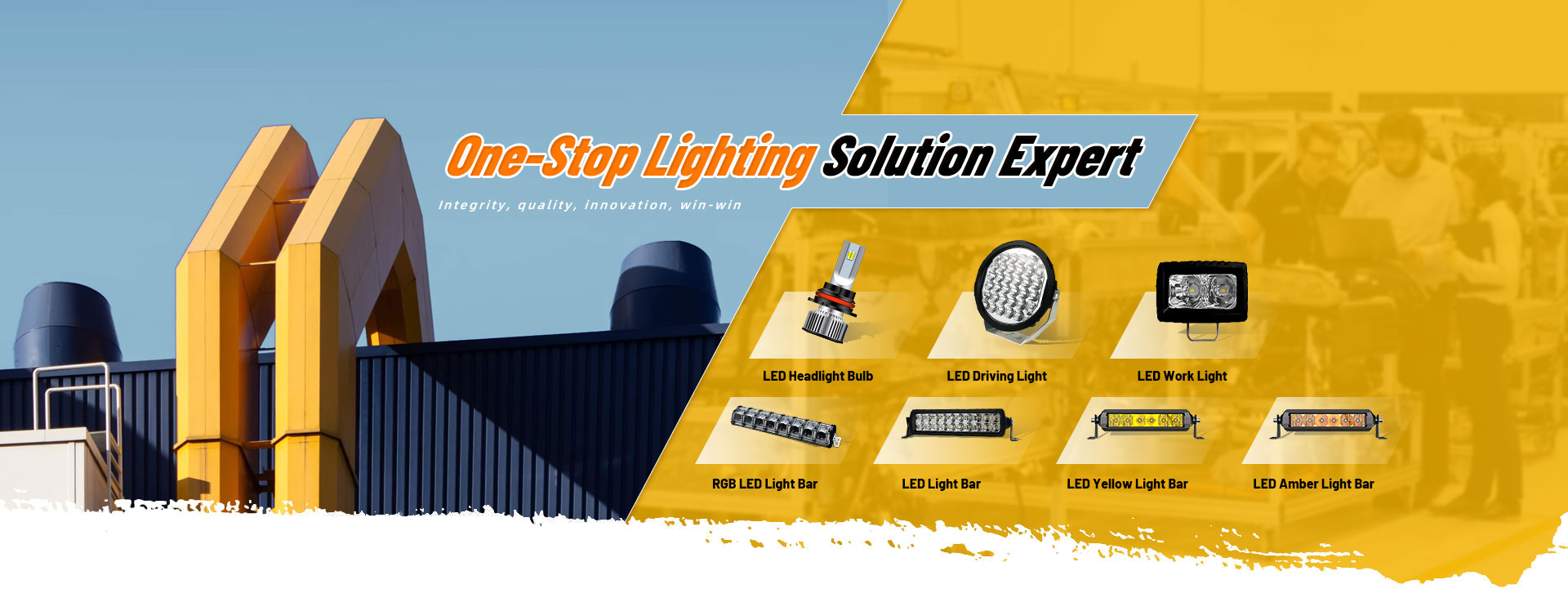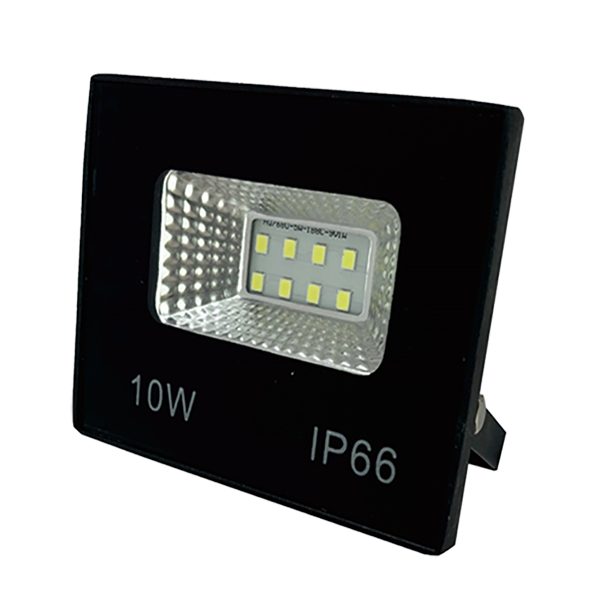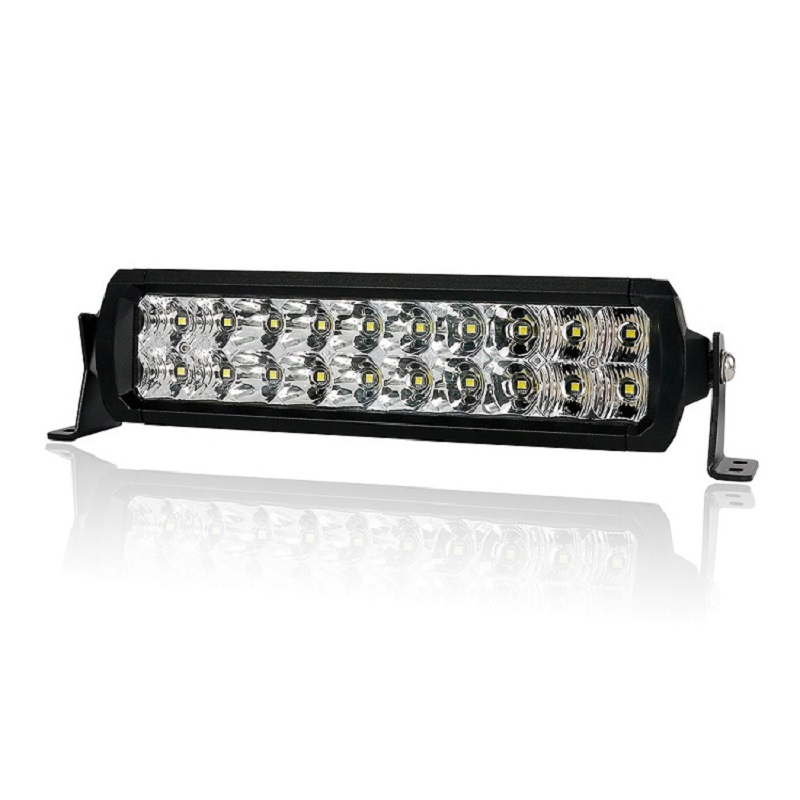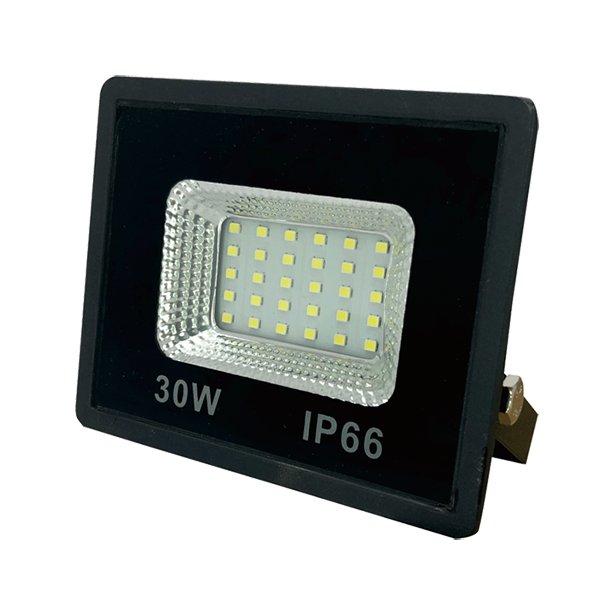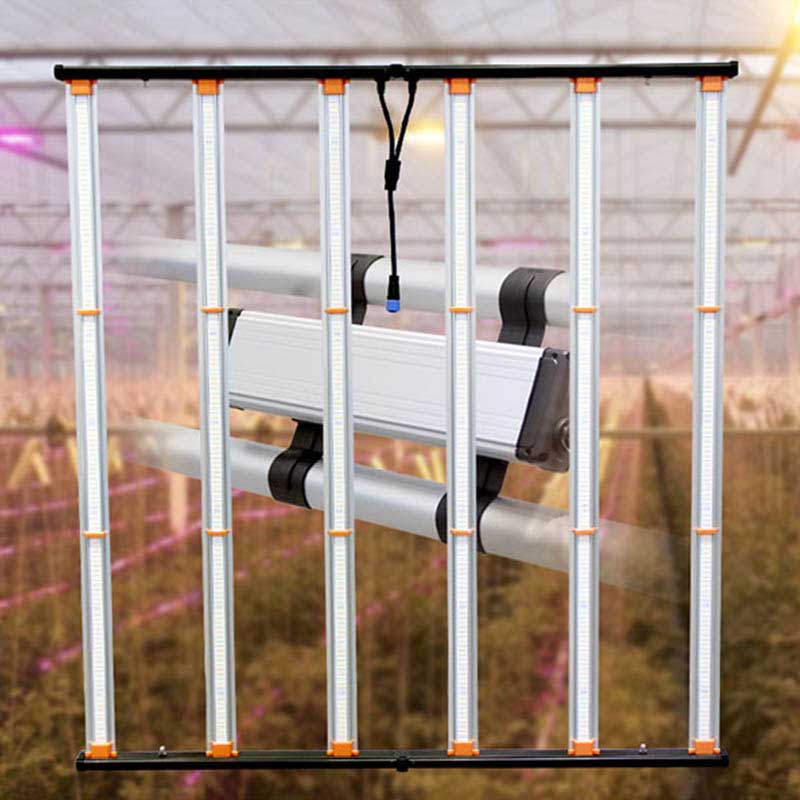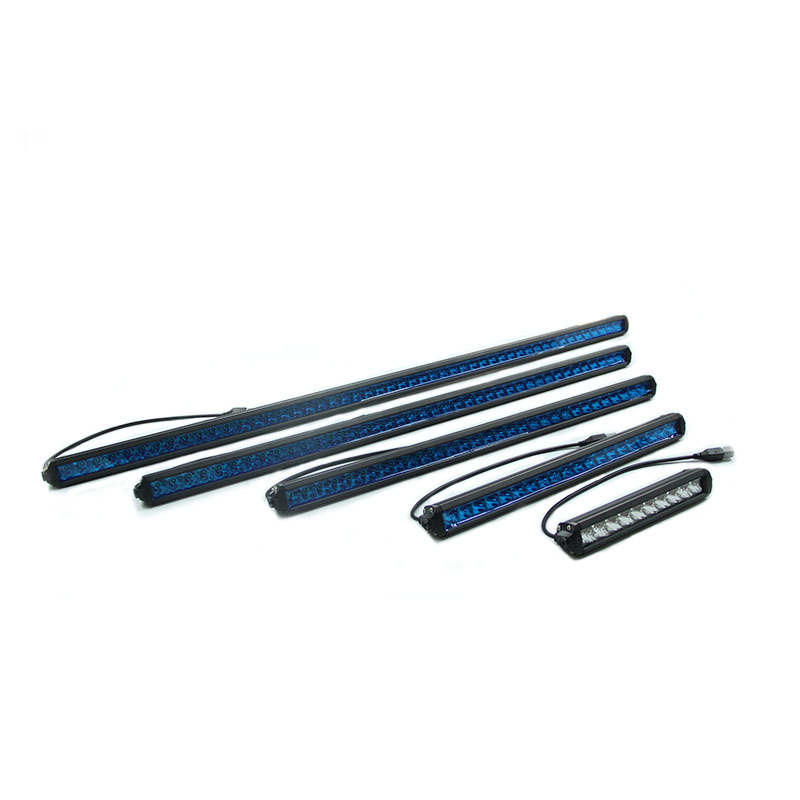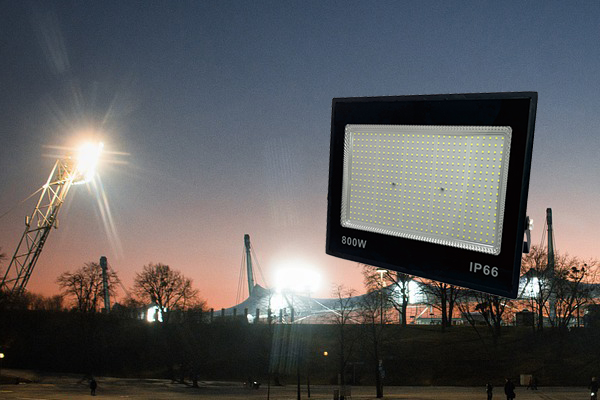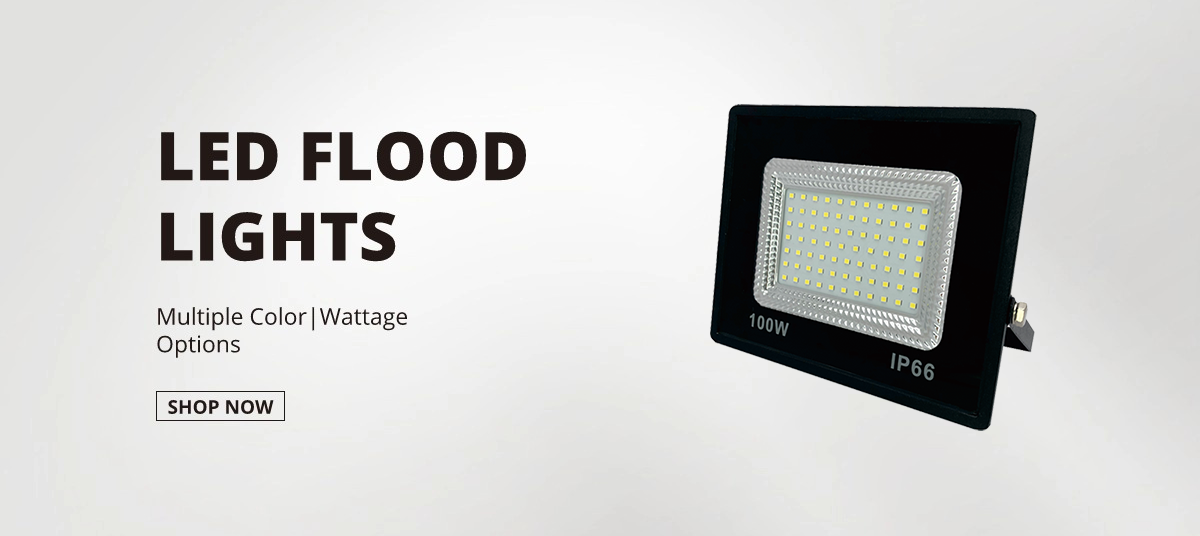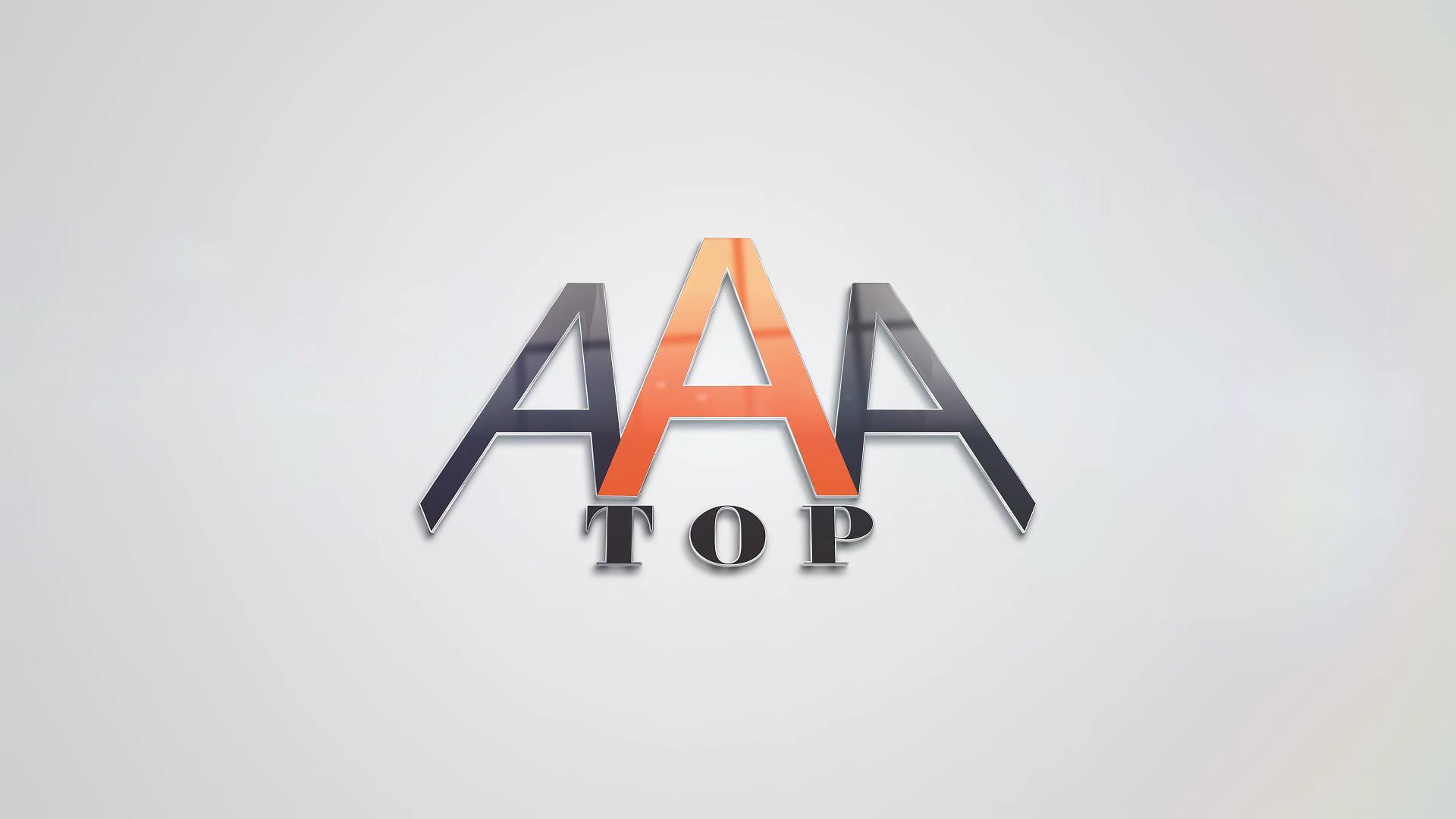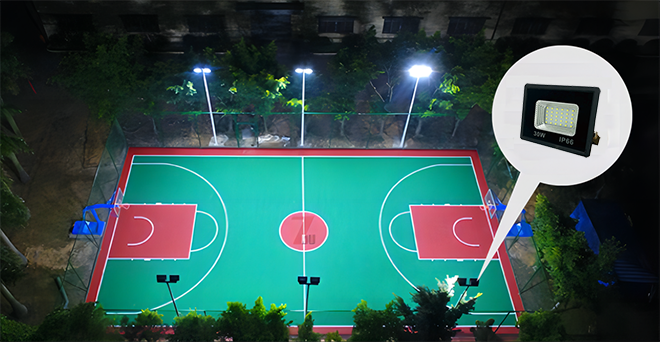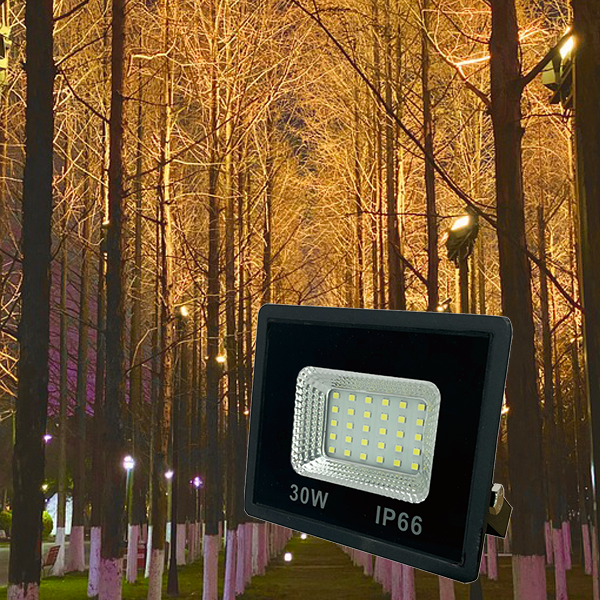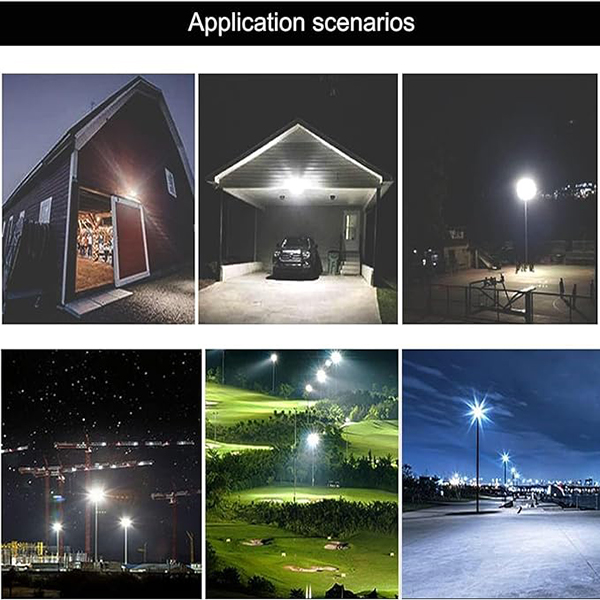1.Color temperature and lumen of LED grow lights
The color temperature and lumens of LED grow lights can be seen from the human eye, while the photosynthesis of the plant to light does not look at the color temperature and lumens. Different plants have different requirements for the spectrum.
2.The effect of spectral range on plant physiology
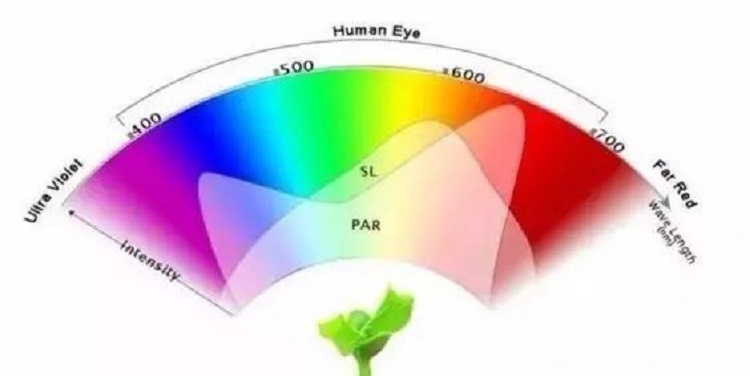
280~315nm-minimal impact on morphology and physiological processes
315~400nm-less absorption of chlorophyll, affecting photoperiod effect and preventing stem elongation
400~520nm (blue)-the absorption ratio of chlorophyll and carotenoids is the largest, and has the greatest impact on photosynthesis
520~610nm (green)-the absorption rate of the pigment is not high
610~720nm (red)-chlorophyll absorption rate is low, it has a significant impact on photosynthesis and photoperiod effect
720~1000nm-low absorption rate, stimulate cell elongation, affect flowering and seed germination
>1000nm-converted into heat
From the above data, different wavelengths of light have different effects on plant photosynthesis. The light required for plant photosynthesis has a wavelength of about 400~720nm. The light of 400~520nm (blue) and 610~720nm (red) contribute the most to photosynthesis. The light of 520~610nm (green) is absorbed by plant pigments at a very low rate.
3.The principle that white light is not good for plant growth
According to the above principles, the led plant grow light are made into three forms of red and blue combination, full blue, and full red to provide light with two wavelengths of red and blue, covering the wavelength range required for photosynthesis. In terms of visual effects, the red and blue plant lights are pink.For white LED lights, the most common use is to use a blue core to excite yellow phosphors, thereby compounding a visual white light effect. In terms of energy distribution, there are two peaks in the blue region at 445 nm and the yellow-green region at 550 nm. The 610~720nm red light required by plants is very lacking. This explains why plants grow unfavorably under the illumination of white LEDs.
4.Chromatogram ratio of red and blue lights of LED grow lights
Generally 5:1~10:1 is appropriate, usually 7~9:1 ratio is optional.
5.Fill light distance
When LED grow lights are used to supplement light for plants, the height from the leaves is generally about 0.5 meters.
We hope this article can solve some confusion for you, any questions please feel free to contact us~

